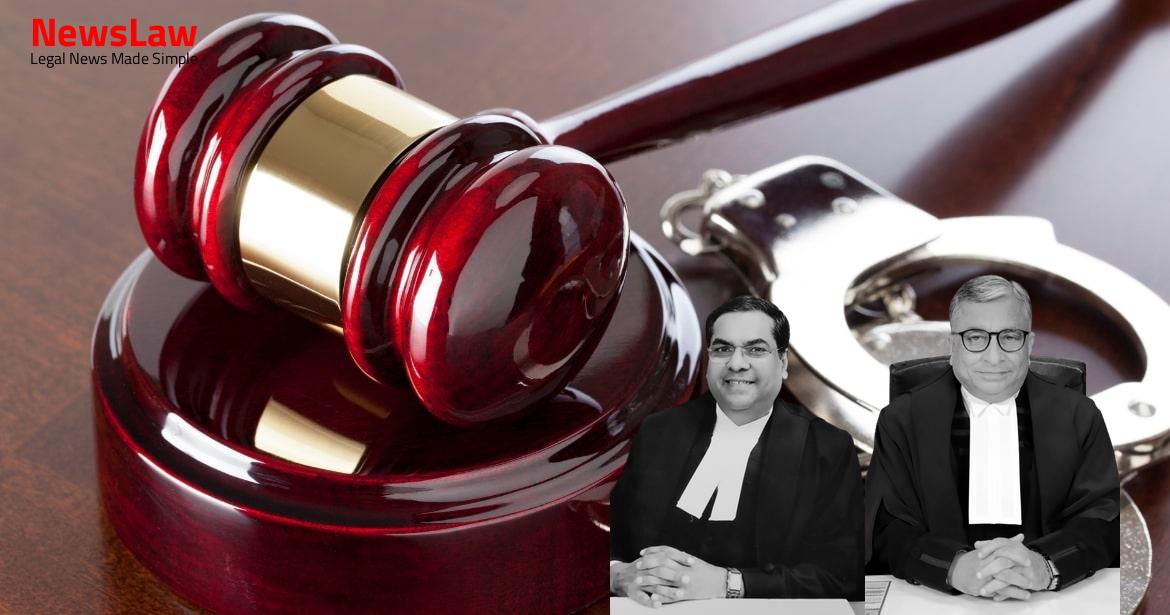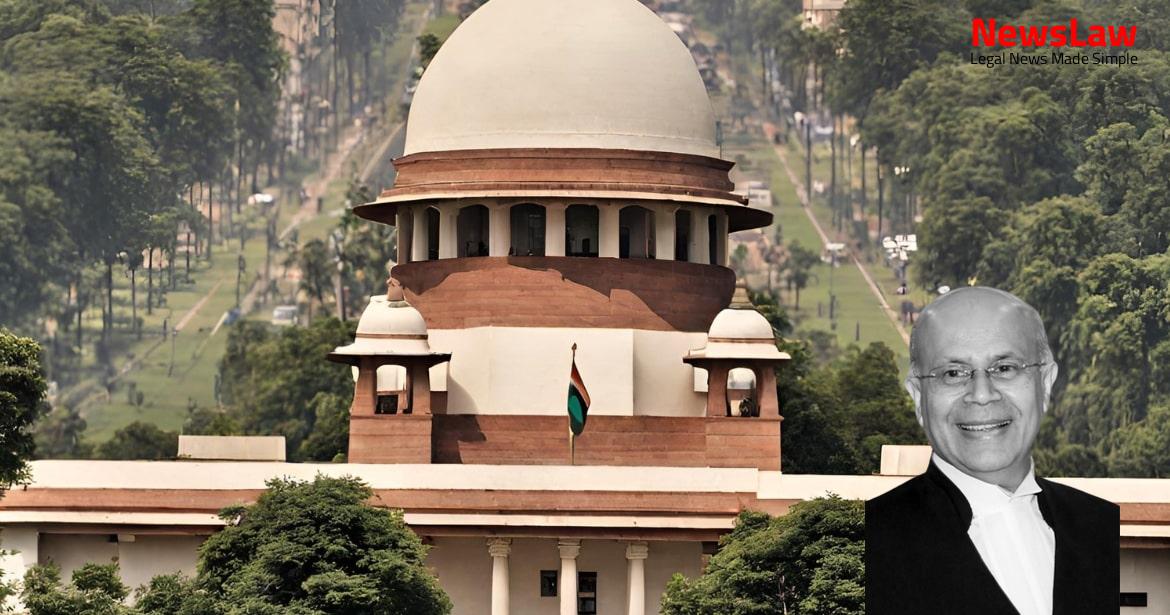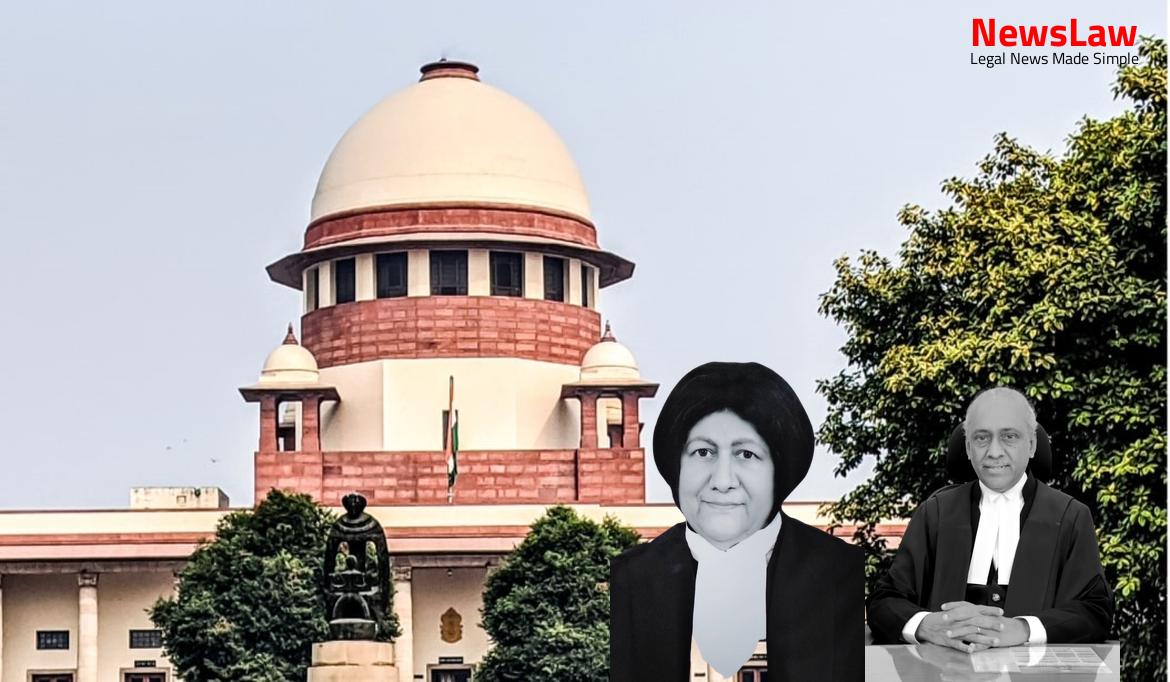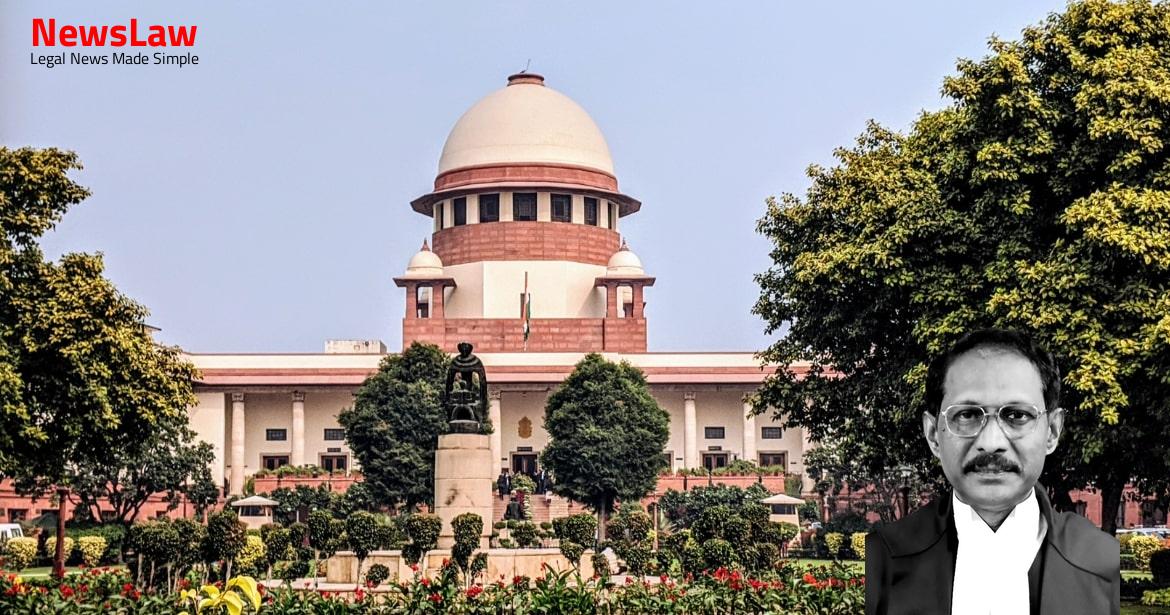In a significant legal ruling, the Supreme Court of India addressed the case of the landlords versus the tenants under the Madras City Tenants’ Protection Act. This judgment provided clarification on the rights and protections afforded to both parties in the context of long-term lease agreements. Stay tuned to understand the implications of this ruling for property rights and landlord-tenant relationships.
Facts
- The appellant had entered into long-term lease agreements with landlords and built petrol pumps on the leased land for operation by appointed dealers.
- Leases were renewed after nationalization of companies but have since expired.
- Landlords have filed suits for ejectment to recover possession of the land.
- The appeals question the right of tenants under Section 9 of the Madras City Tenants’ Protection Act to compel the landlords to sell the leasehold land at a court-fixed price.
- Civil Appeal No. 769 of 2020 and others raise this common legal issue.
- Special Leave Petitions were granted for these appeals.
- If evicted, tenants can only remove the superstructure by demolishing the buildings.
- Multiple judgments arising from a remand order have been issued by the Madras High Court.
- The judgments have either affirmed or reversed the findings of the trial court or the lower appellate court.
- The Act was enacted in 1921 to provide protection to certain classes of tenants in the City of Madras.
- The preamble of the Act emphasized the need to protect tenants who had constructed buildings on others’ lands.
- The Objects and Reasons of the Act highlighted the importance of protecting tenants in the City of Madras.
Also Read: Manager Singh vs. State of India: Landmark Judgment by Supreme Court
Arguments
- P. Ananthakrishnan (supra) involved a case of subletting, where possession was parted by the tenant to the sub-tenant.
- In S.R. Radhakrishnan (supra), the court relied on the defendant No.1’s statement that he was not involved with the property as defendant Nos. 2 and 3 were in possession.
- Even though P. Ananthakrishnan (supra) was about subletting, it provided insights into the purpose of Section 9 and the protection of tenants’ interests.
Also Read: Bhushan Steel v. Arcadia: Supreme Court Judgment on Territorial Jurisdiction and Liability
Analysis
- The Act protects the rights of three categories of tenants as enlisted under Section 2(4) – (i) and (ii)(a) always protected, (ii)(b) added retrospectively, and heirs of tenants under (c).
- Sub-clause (ii)(b) to Section 2(4) applies to tenants covered by the deleted proviso to Section 12, while (ii)(a) applies to tenants without registered instruments relating to building erection.
- The Act amendments of 1972 and 1973 expanded protection but did not dilute existing tenant rights under the Act.
- The distinction between possession and actual physical possession is crucial in determining applicability of certain clauses under the Act.
- The High Court should determine if the appellant is entitled to the benefits under specific sections of the Act.
- The amendment Acts of 1972 and 1973 were extensive and aimed to include tenants previously excluded under the proviso to Section 12.
- The Act was designed to prevent wholesale destruction of buildings on eviction, for public health concerns.
- The Act’s amendments were to conserve existing buildings and uphold mutual understanding between landlords and tenants.
- Certain points of the Act and its amendments require further determination by the Division Bench of the High Court for the appellant’s case.
- The Act’s objective was to provide protection to tenants who had constructed structures on leased land pre-1921.
- The High Court must consider the applicability of specific sections and clauses of the Act to the appellant’s case for a fair decision.
- The Act, originally enacted in 1921, was amended to extend its application to leases of land executed post the enactment.
- The definition of ‘tenant’ under the Act was amended to include persons liable to pay rent under a tenancy agreement, and those who have constructed buildings on the land.
- The Act grants the tenant the right to compensation for buildings erected by them on the land.
- Section 9 of the Act allows a tenant facing eviction to apply for the purchase of land at a price fixed by the court.
- Section 12 of the Act originally gave primacy to written registered leases with stipulations regarding the ‘erection of buildings’.
- The proviso to Section 12 was deleted by the Amendment Act of 1972, giving precedence to the rights of tenants under the Act.
- The Amendment Act of 1973 further clarified and extended the definition of ‘tenant’ under the Act.
- The Act also provides for the payment of compensation to tenants for buildings erected on the land.
- Provisions are made for the settlement of fair rent and enabling tenants to purchase the land they occupy.
- Interpretation of Section 2(4) and Section 9 of the Act by a Division Bench required the court to first decide the minimum extent of land necessary for the tenant’s convenient enjoyment.
- Section 9 grants a privilege to the tenant, not a vested right, and is of an equitable nature.
- The privilege is granted to safeguard tenants who may have constructed superstructures on the demised land for residence or business purposes.
- The Act applies to tenants who had acquired leasehold land and constructed buildings, excluding those covered by written registered contracts for building erection.
- The Act does not recognize equitable estates or follow the English law doctrine of buildings belonging to the landowner.
- Judgments like Swami Motor Transports (P) Ltd. v. Sri Sankaraswamigal Mutt and Another upheld the Act’s constitutionality based on classification and property rights.
- The Act is only applicable to a limited class of land, granted on lease for building construction before the law’s extension to the area.
- Section 9 aims to protect tenants who constructed superstructures on leased land for continued residence or business.
- Tenants not in actual possession of most of the demised premises are subject to eviction decrees, as decided in previous cases like P. Ananthakrishnan.
- In cases where tenants are not in possession of the demised property, application under Section 9 may be dismissed, as seen in P. Ananthakrishnan.
- Appellants, the three petroleum companies, will not be entitled to protection under the Act if they have let out or sub-let the building or given it to third parties.
- They must be in actual physical possession of the building constructed by them to claim benefits under the Act.
- High Court’s decision to uphold that appellant tenants are not entitled to the Act’s benefits unless in physical possession is upheld.
Also Read: Madhya Pradesh Jan Vikash Party v. Election Commission of India: Upholding the Use of EVMs
Decision
- In the facts of the case, no order as to costs was made.
- The judgment did not specify any direction regarding the allocation of costs.
Case Title: BHARAT PETROLEUM CORP.LTD. Vs. R.CHANDRAMOULEESWARAN AND ORS. (2020 INSC 92)
Case Number: C.A. No.-002870-002870 / 2007



